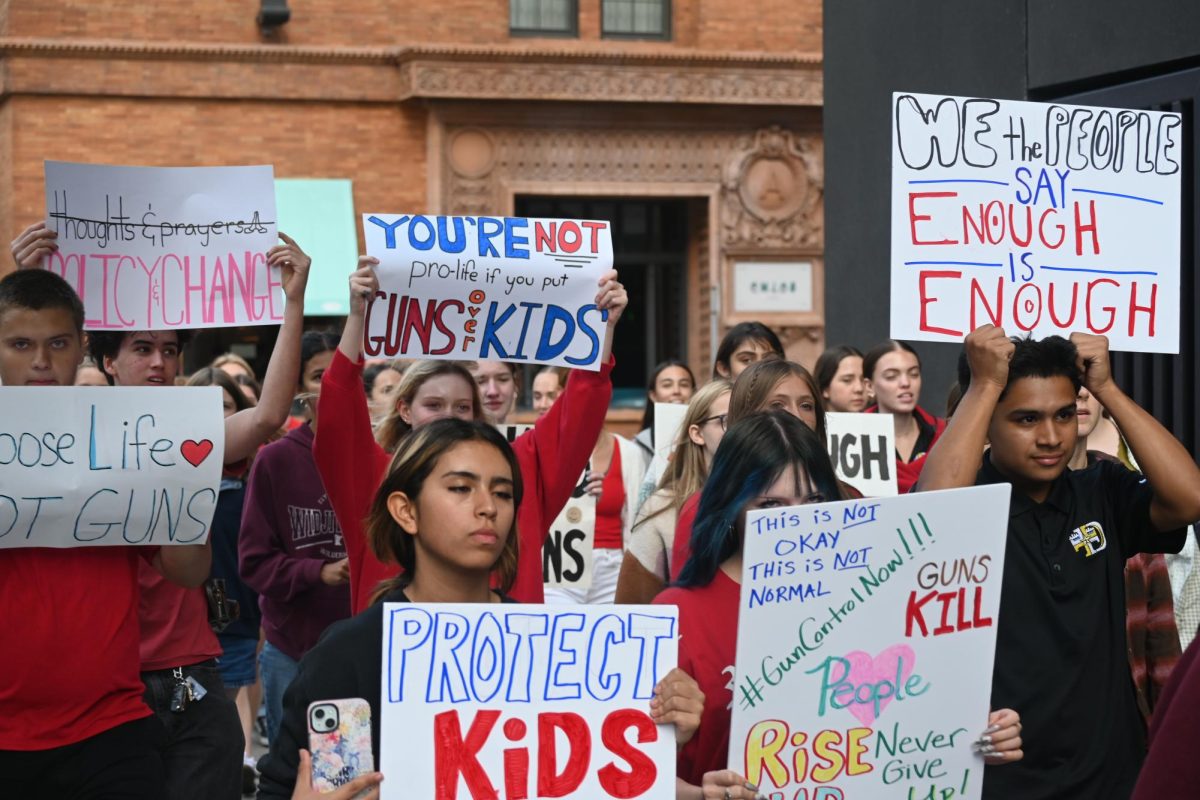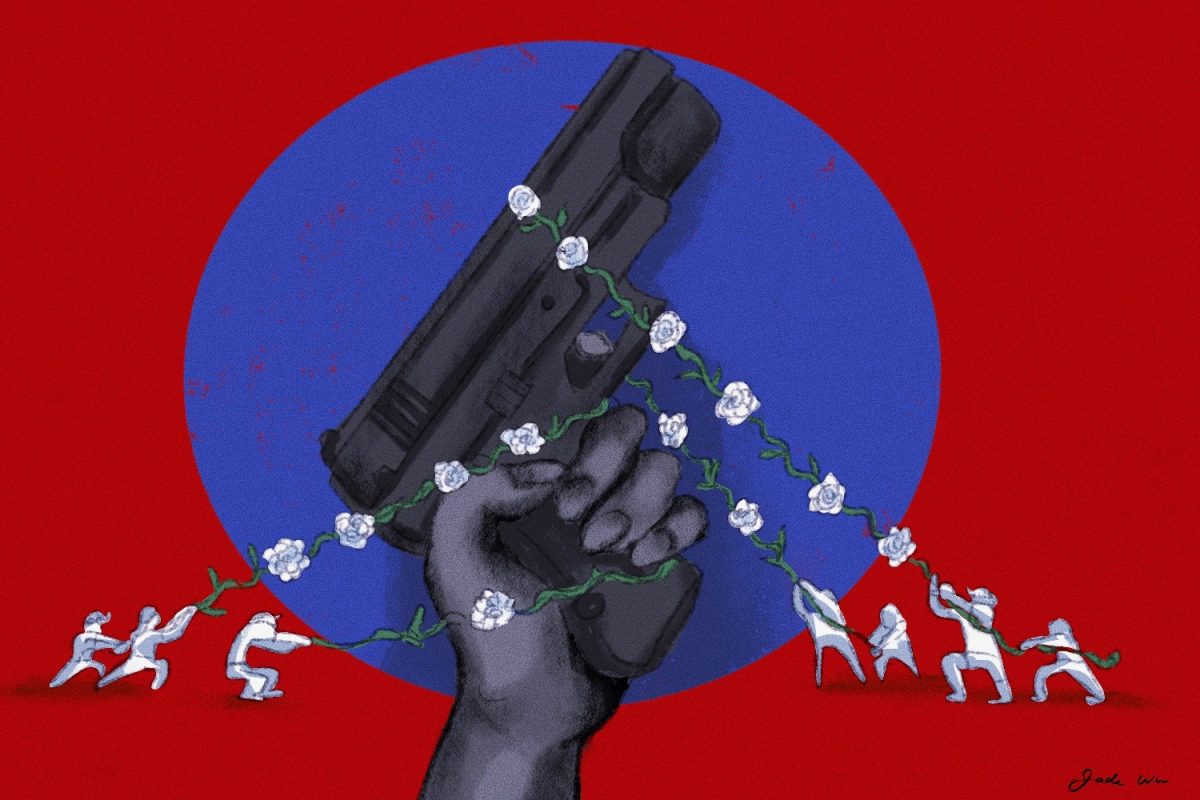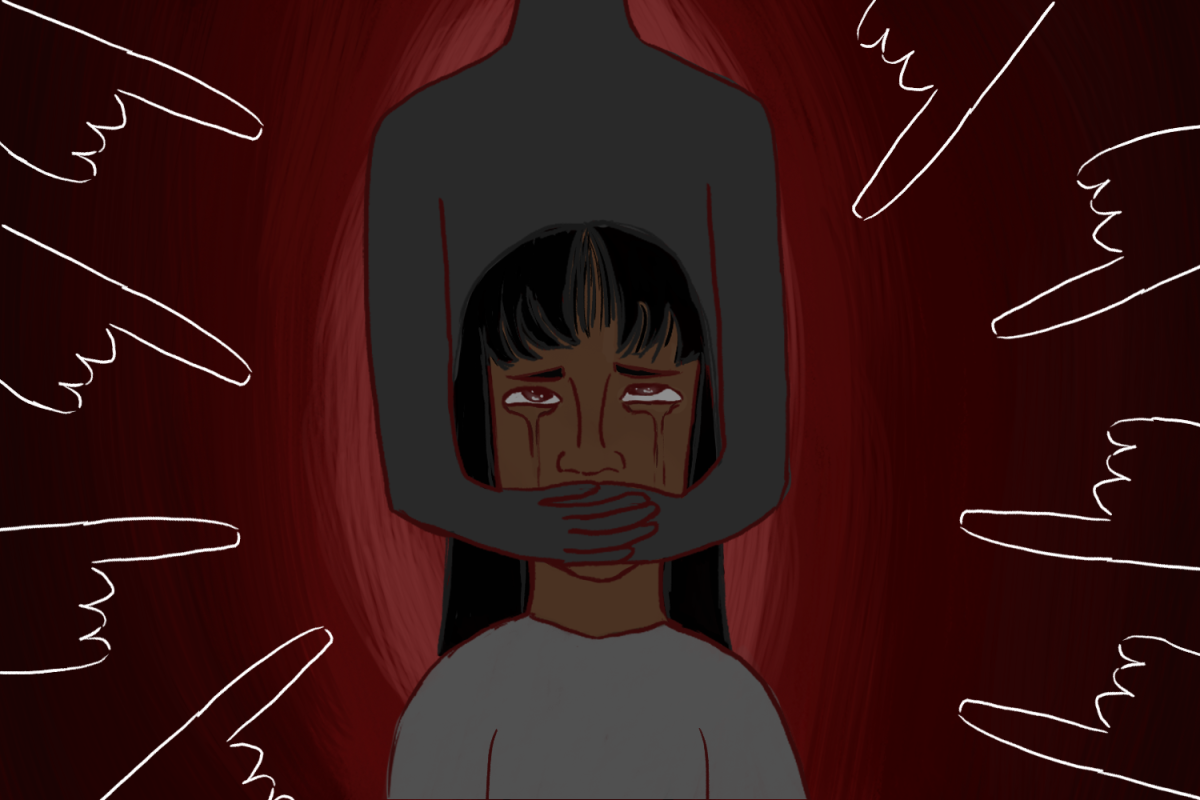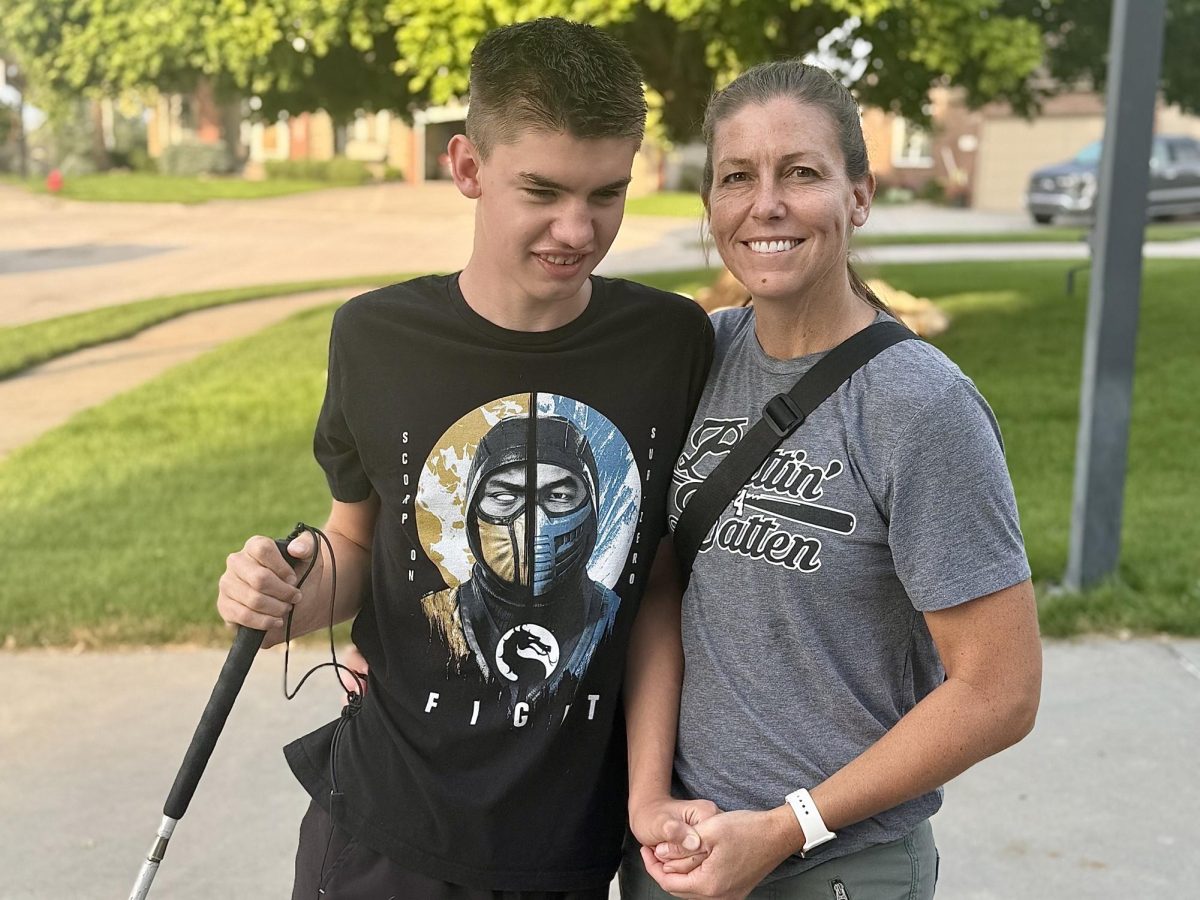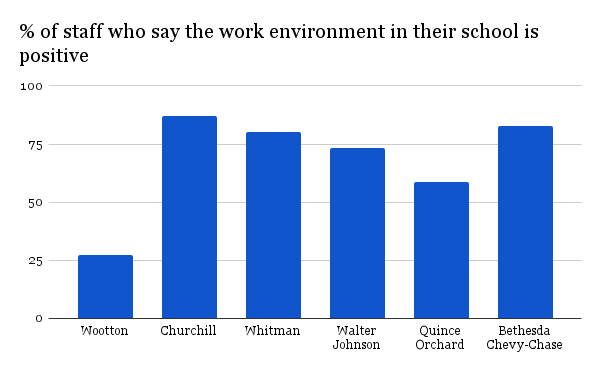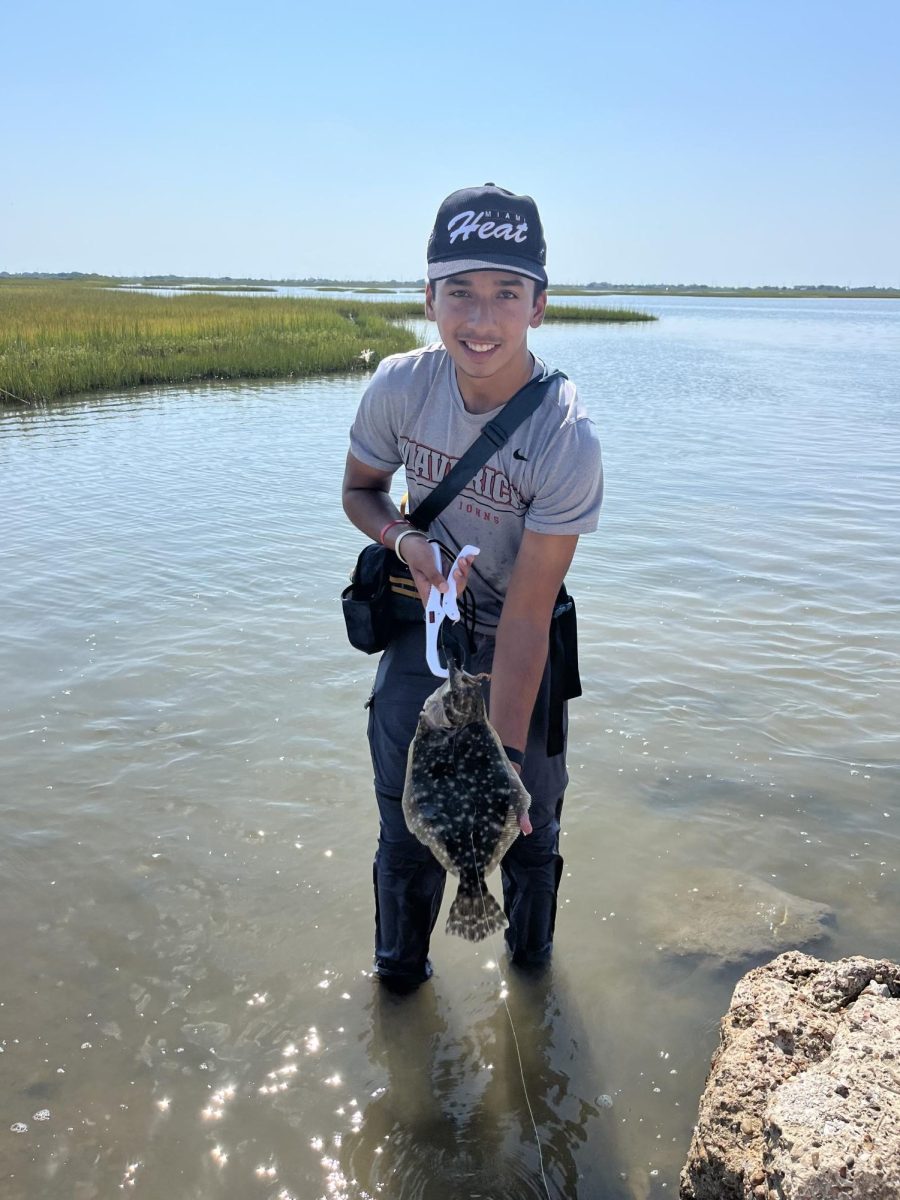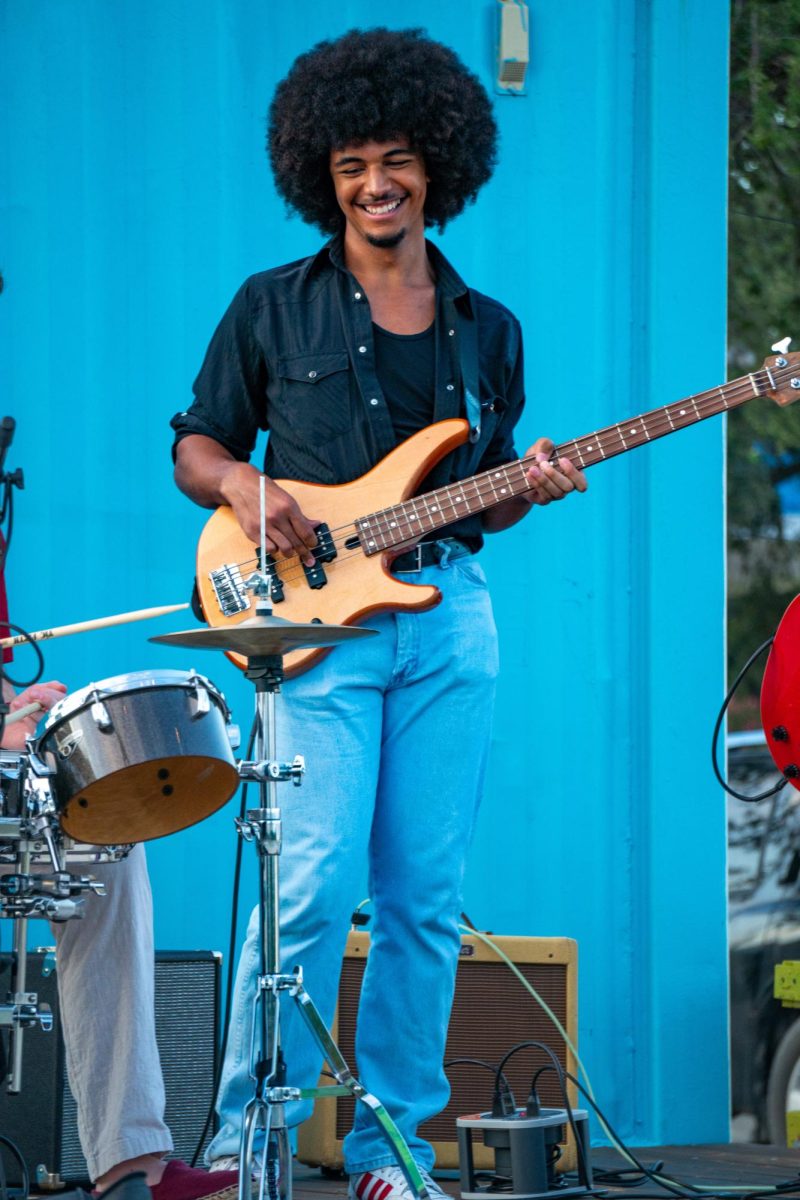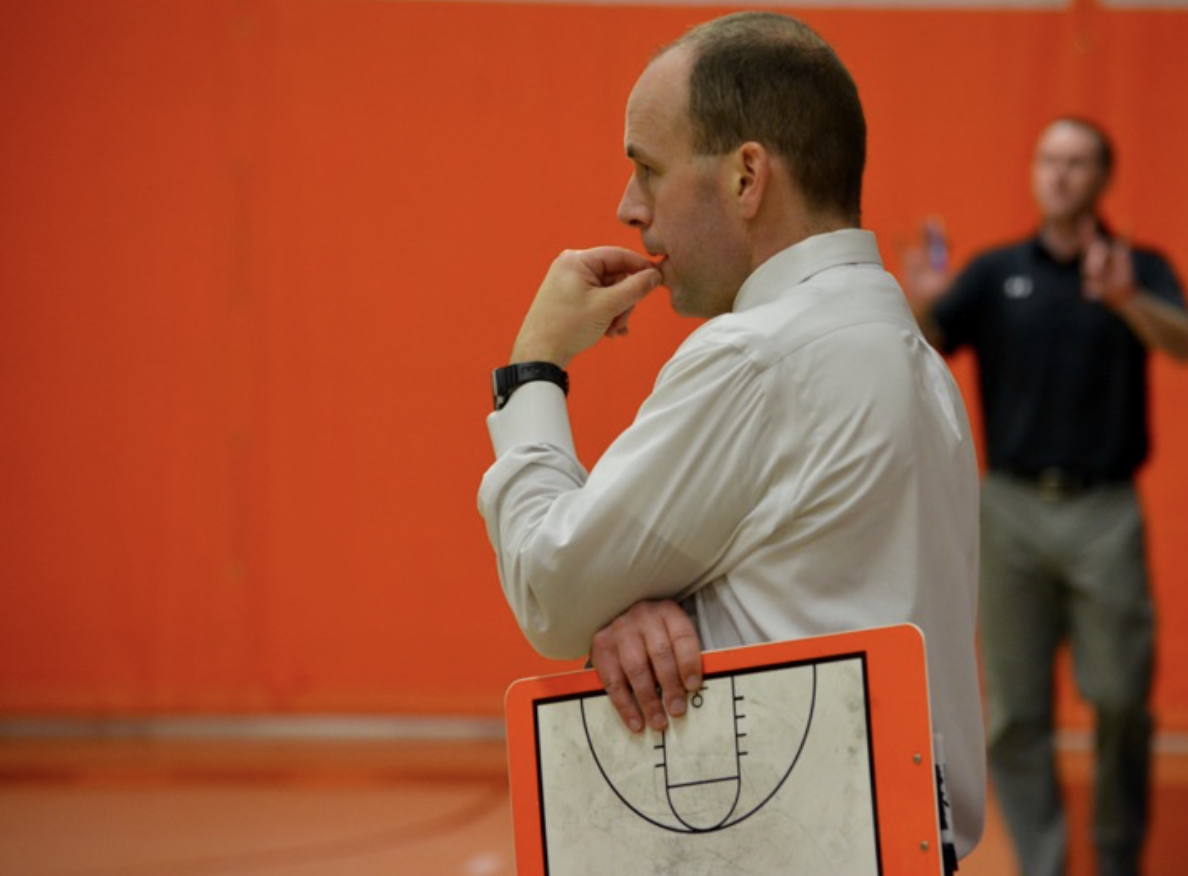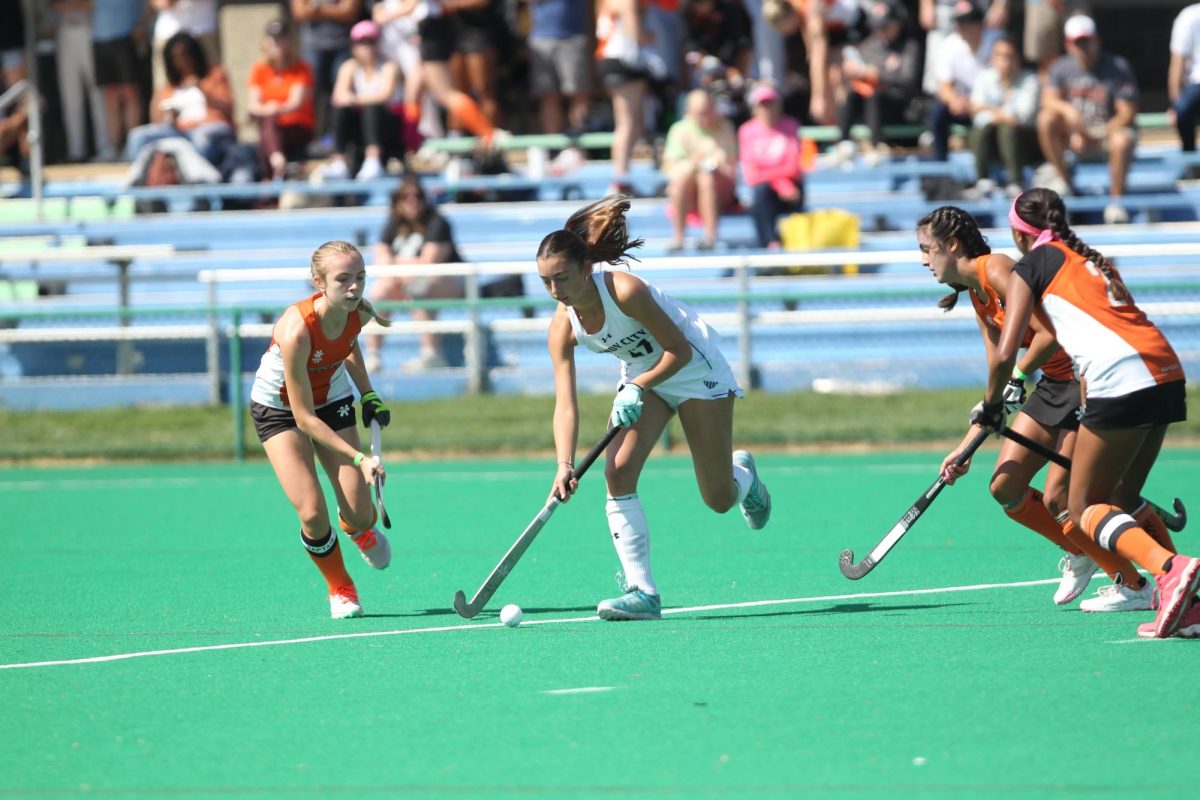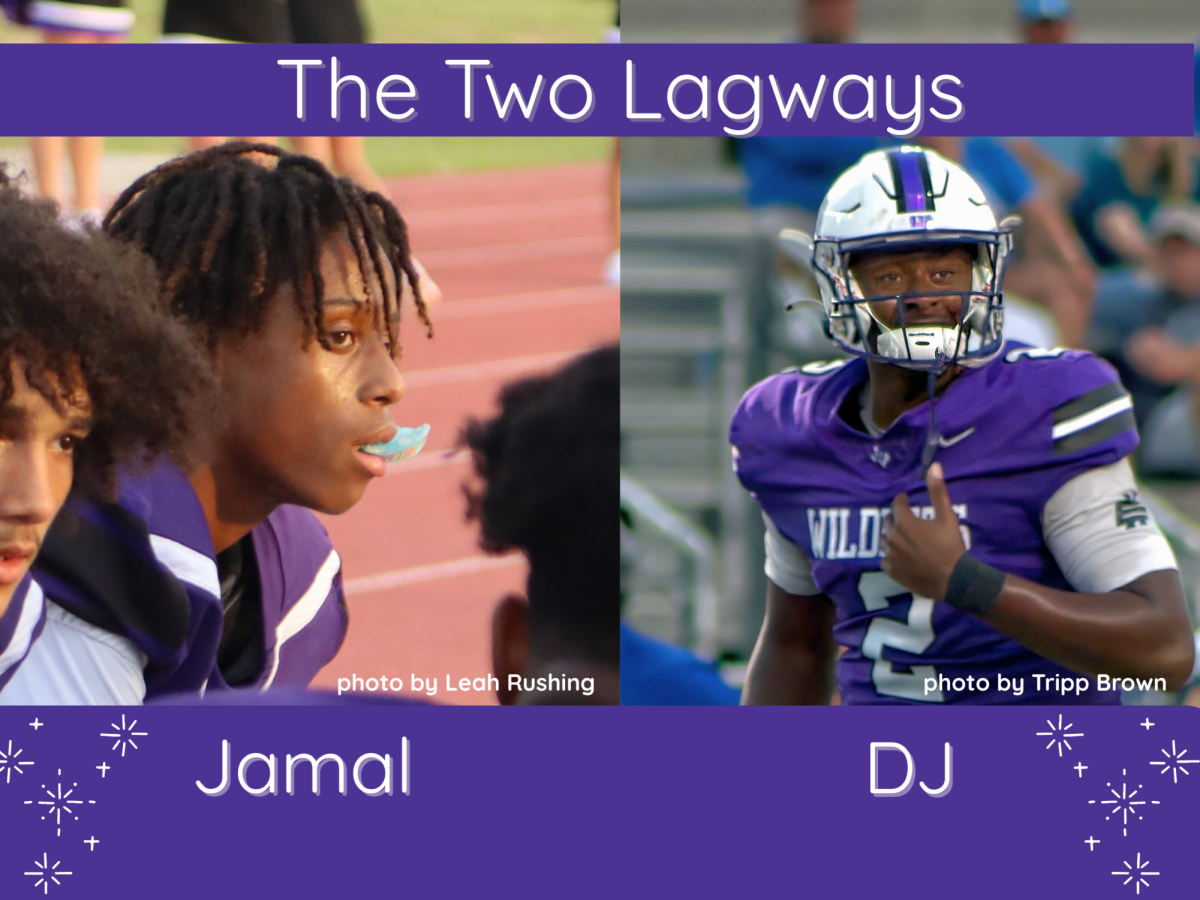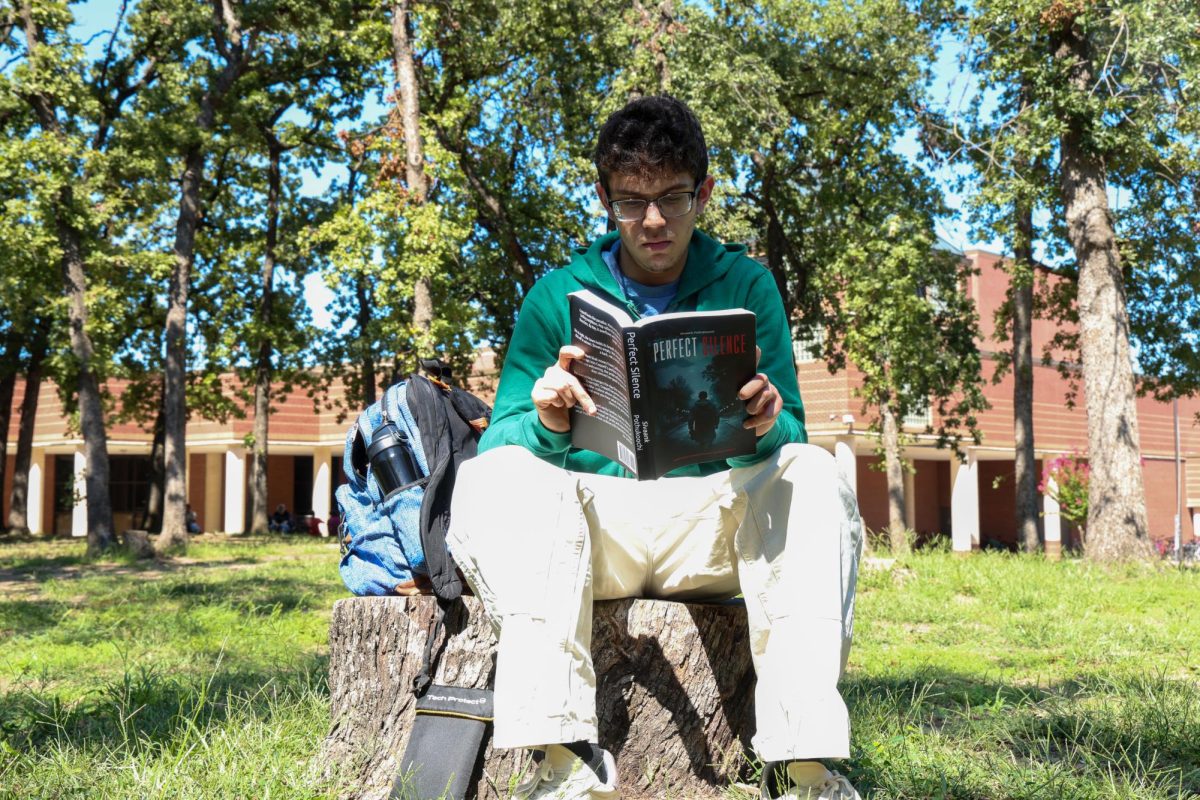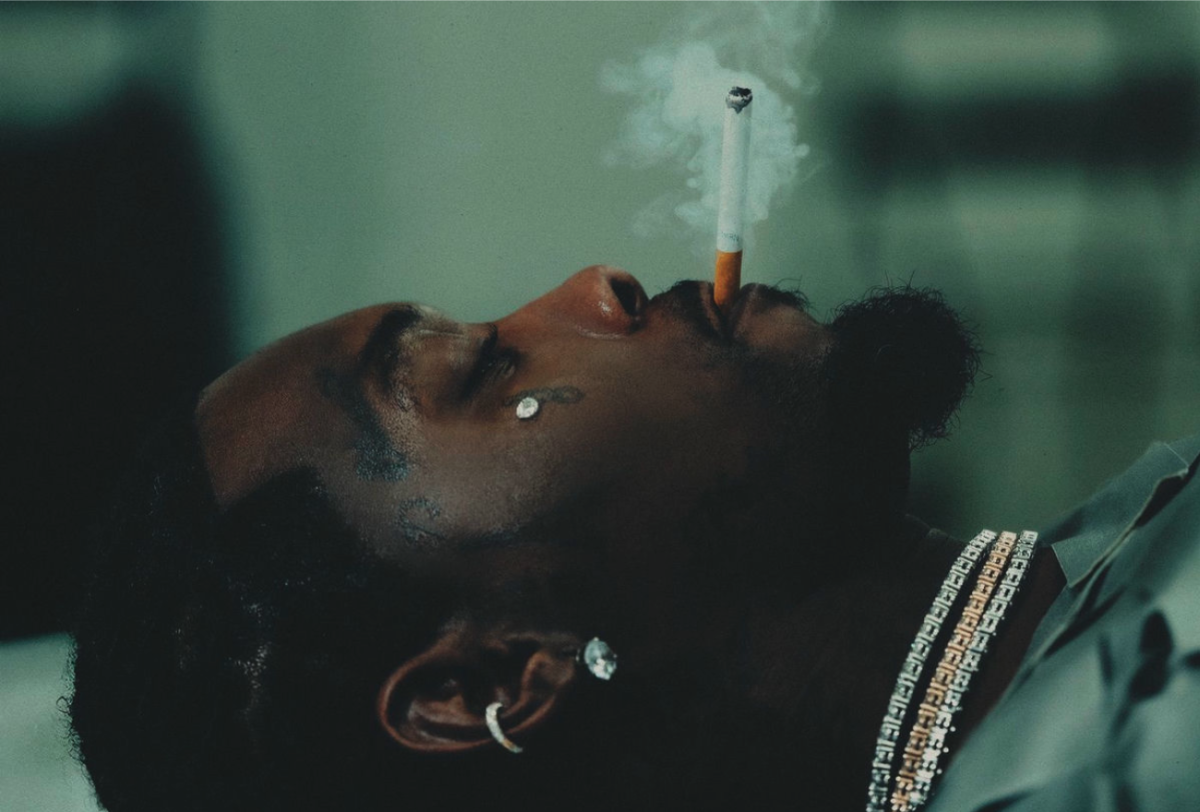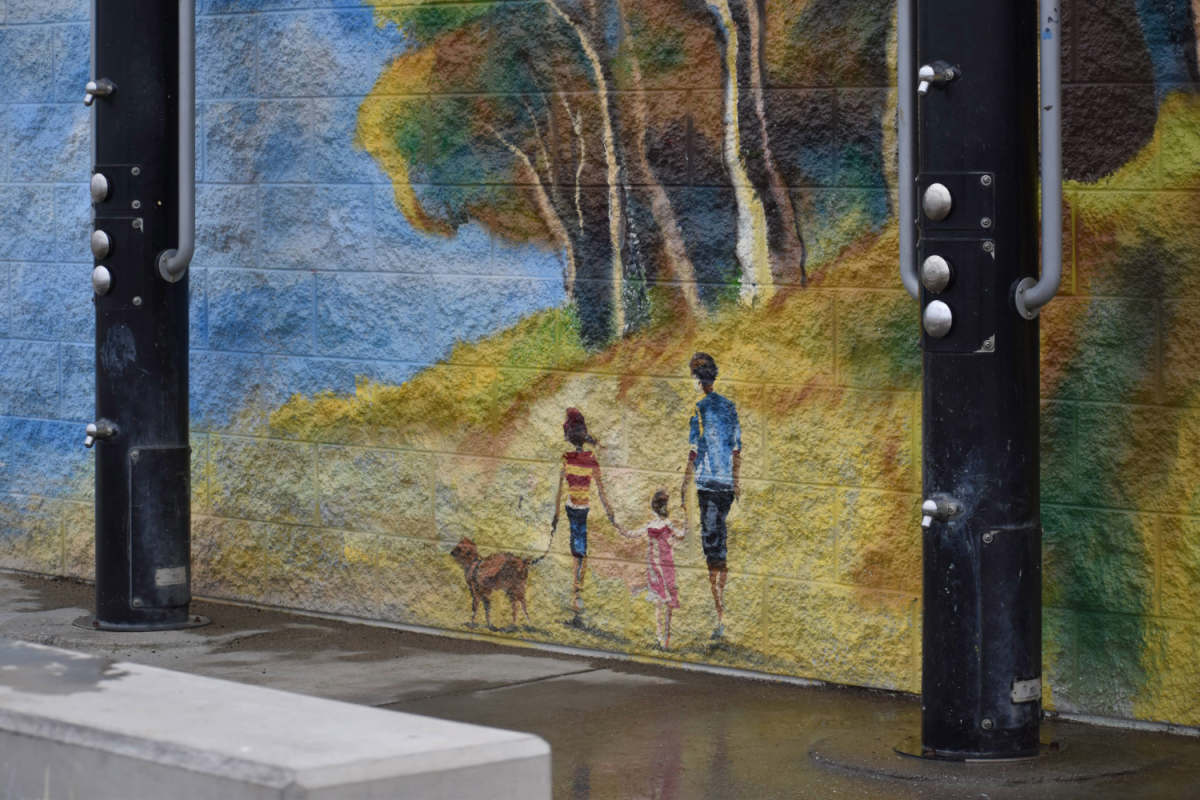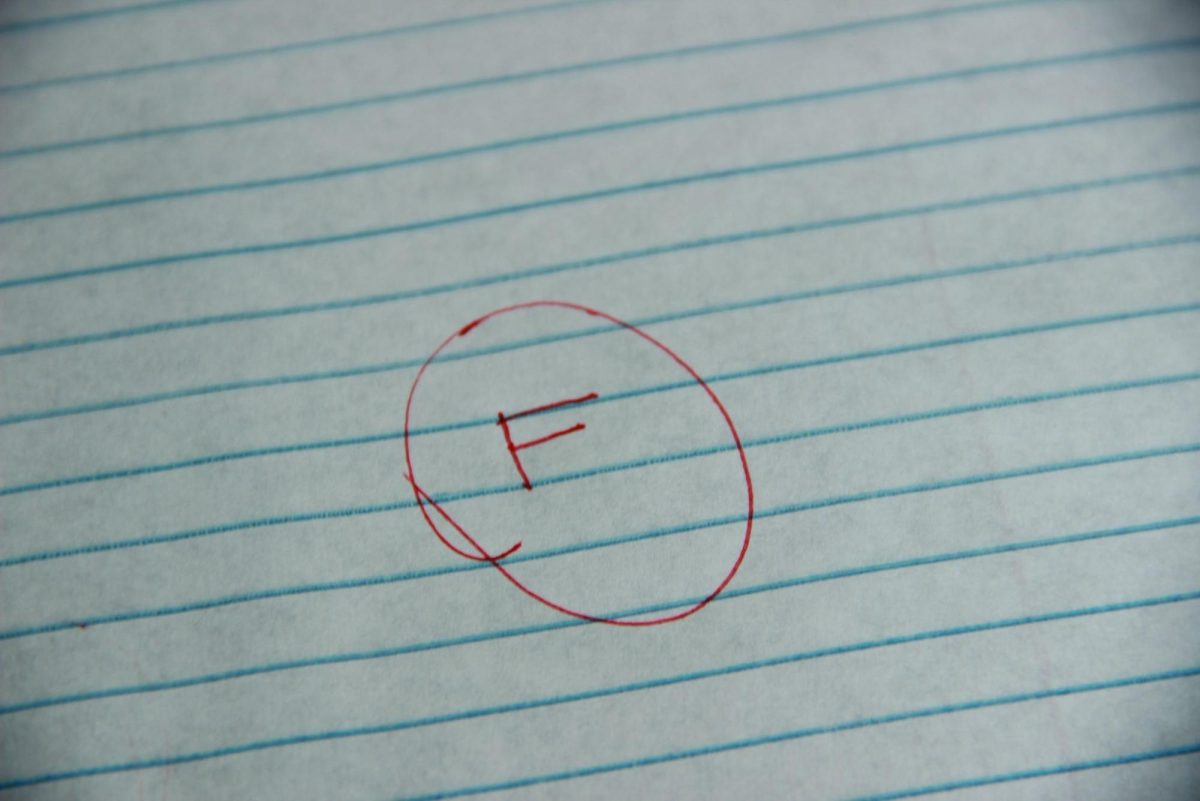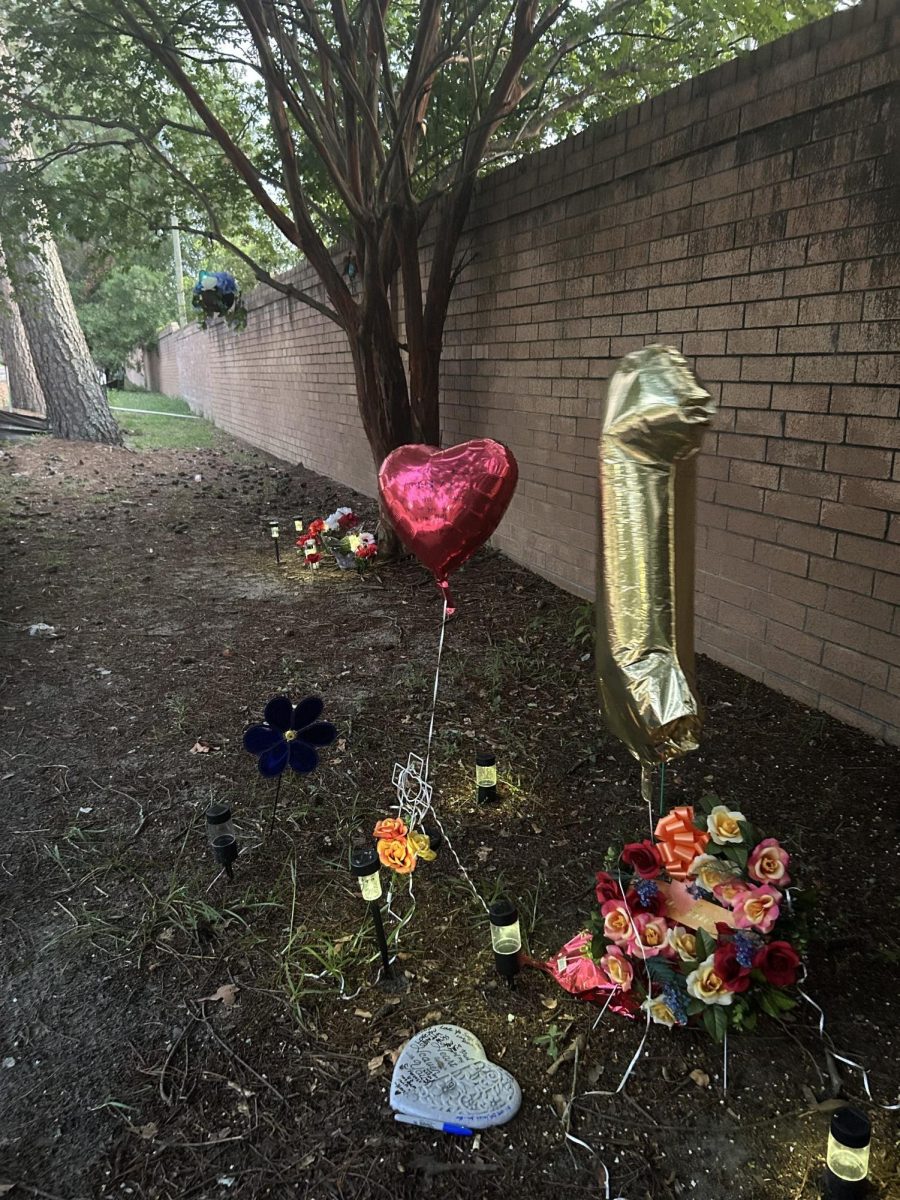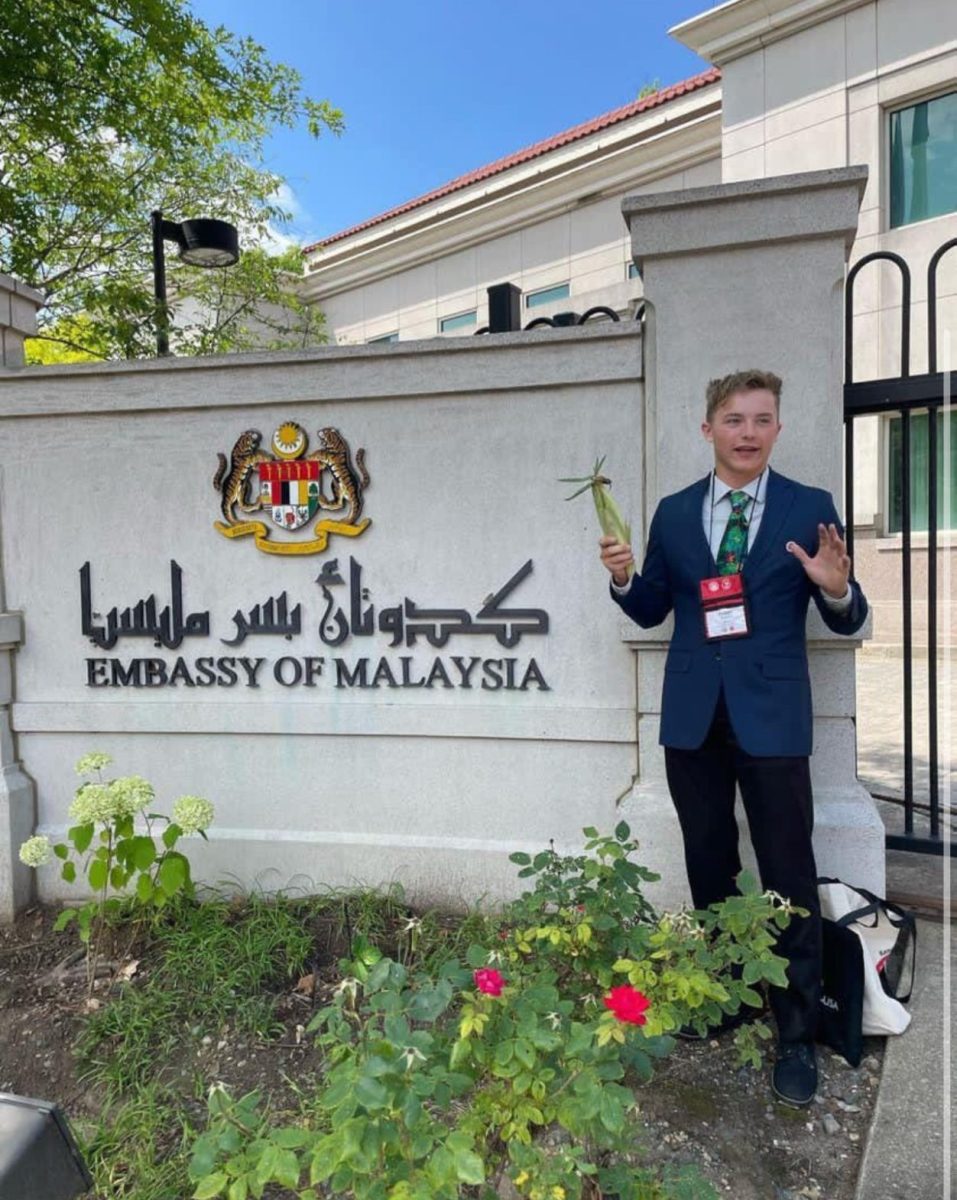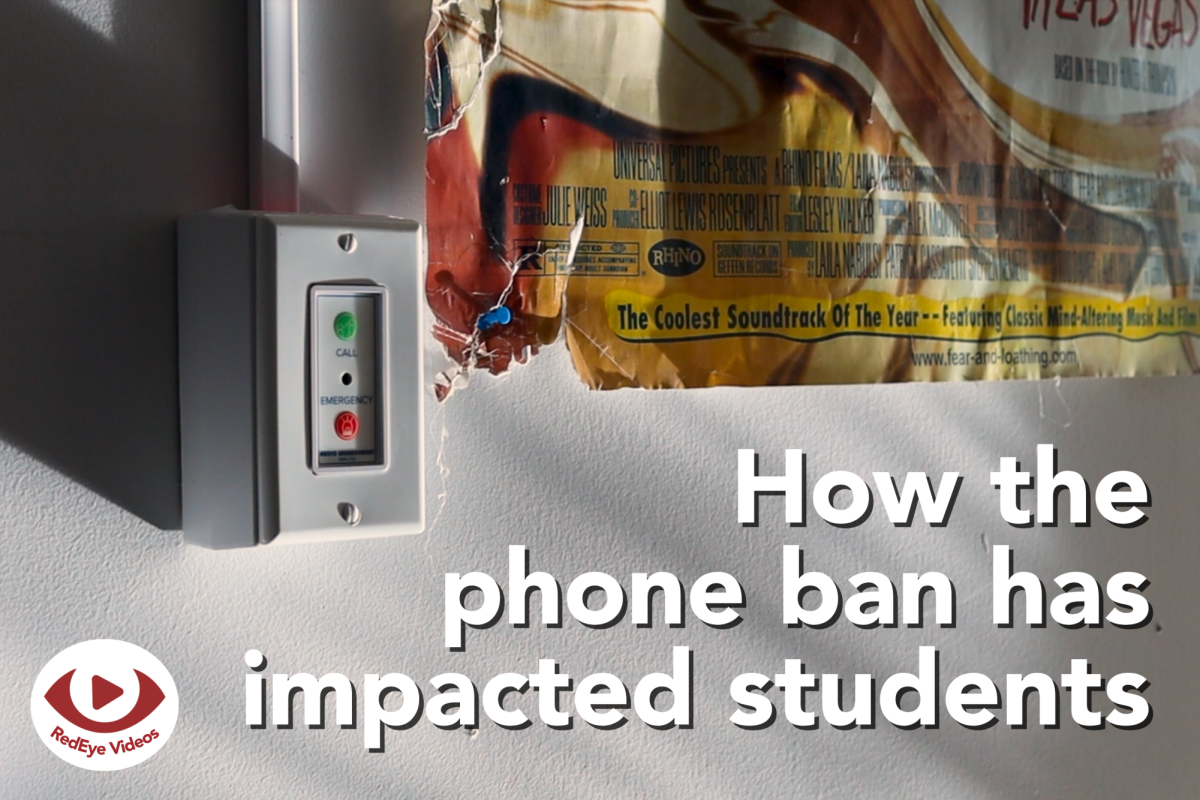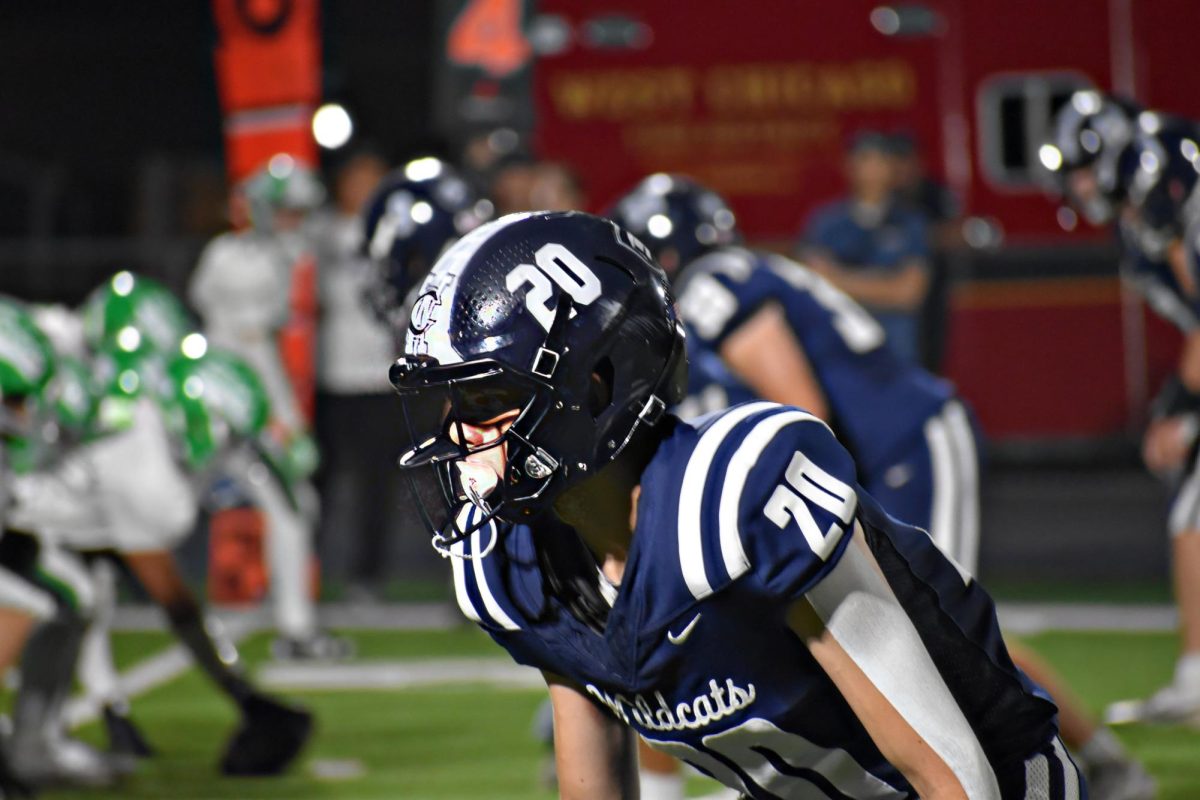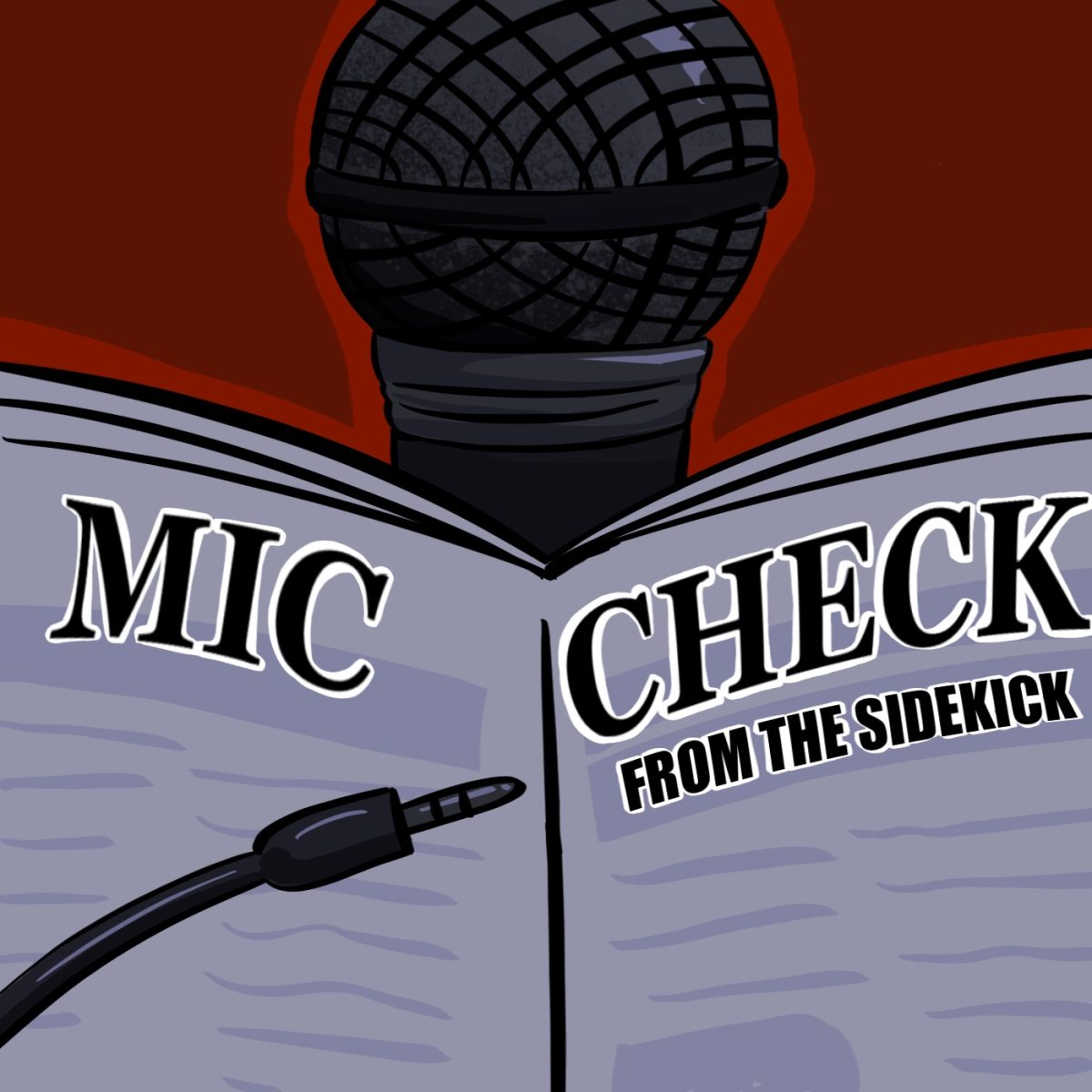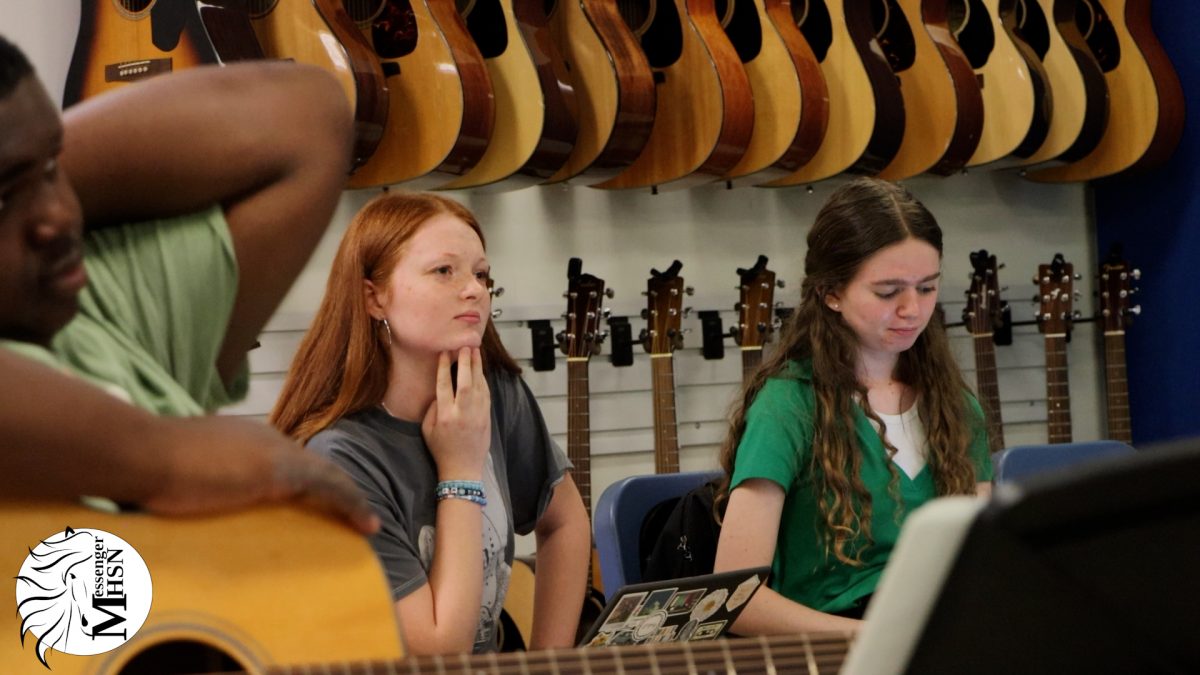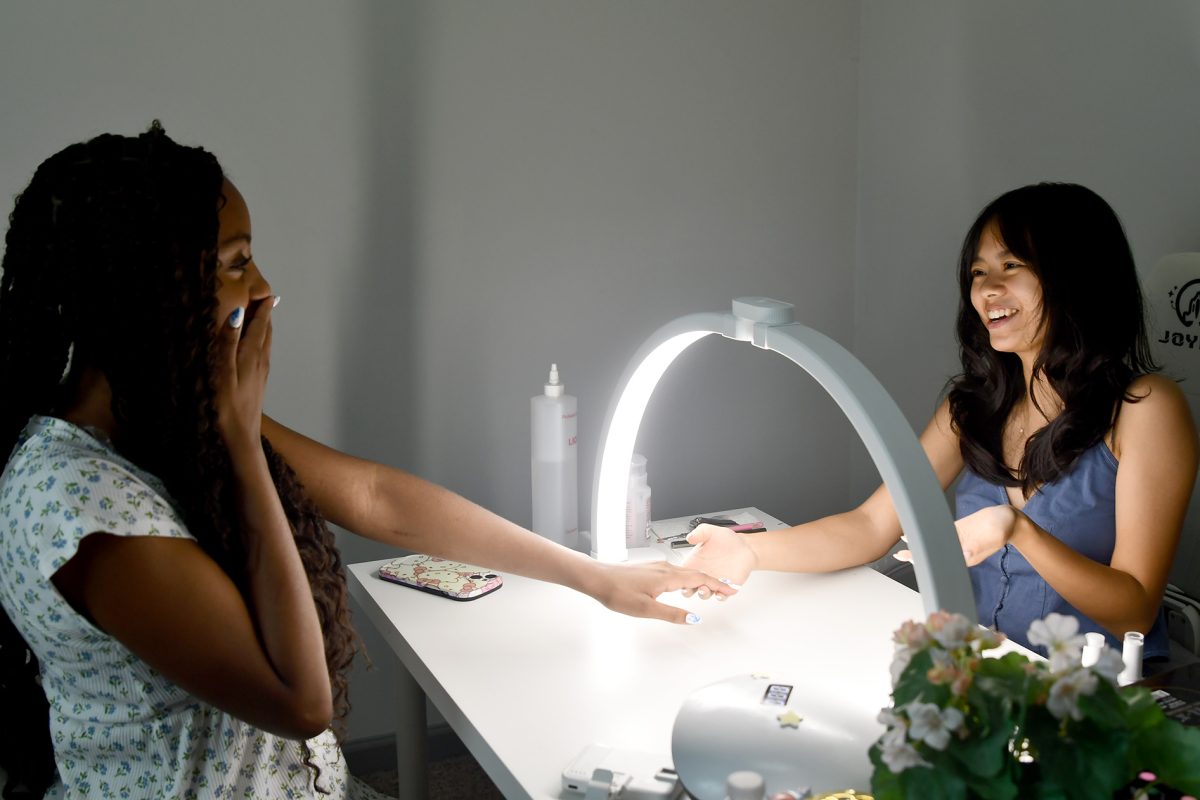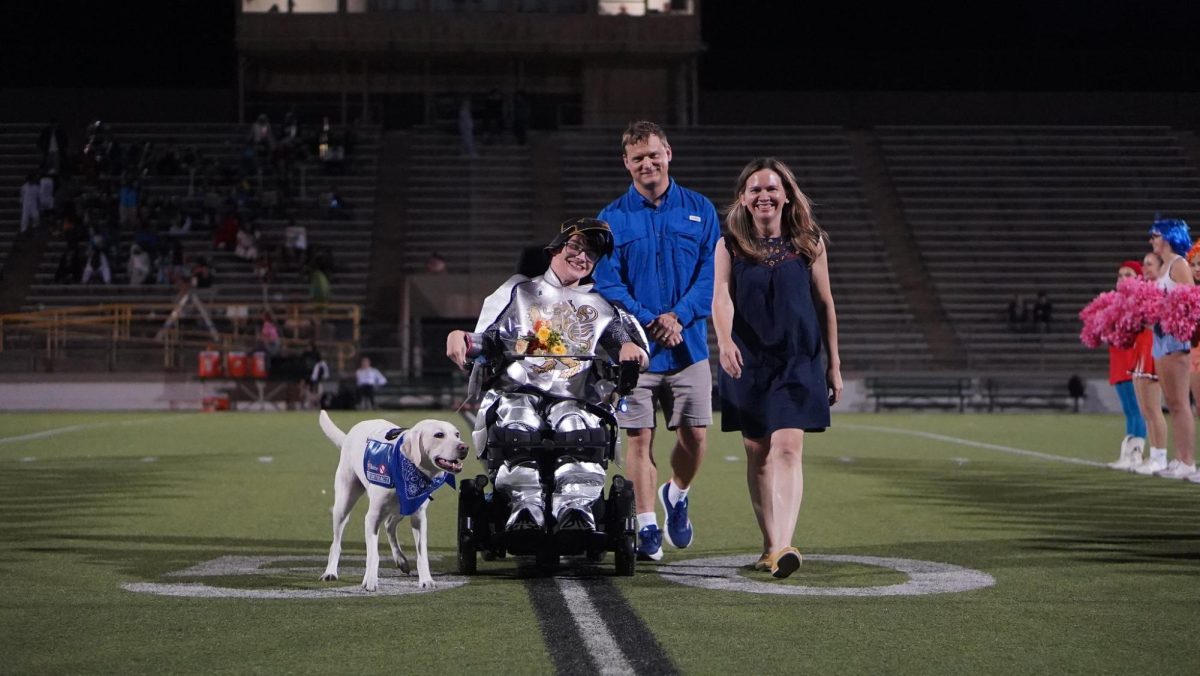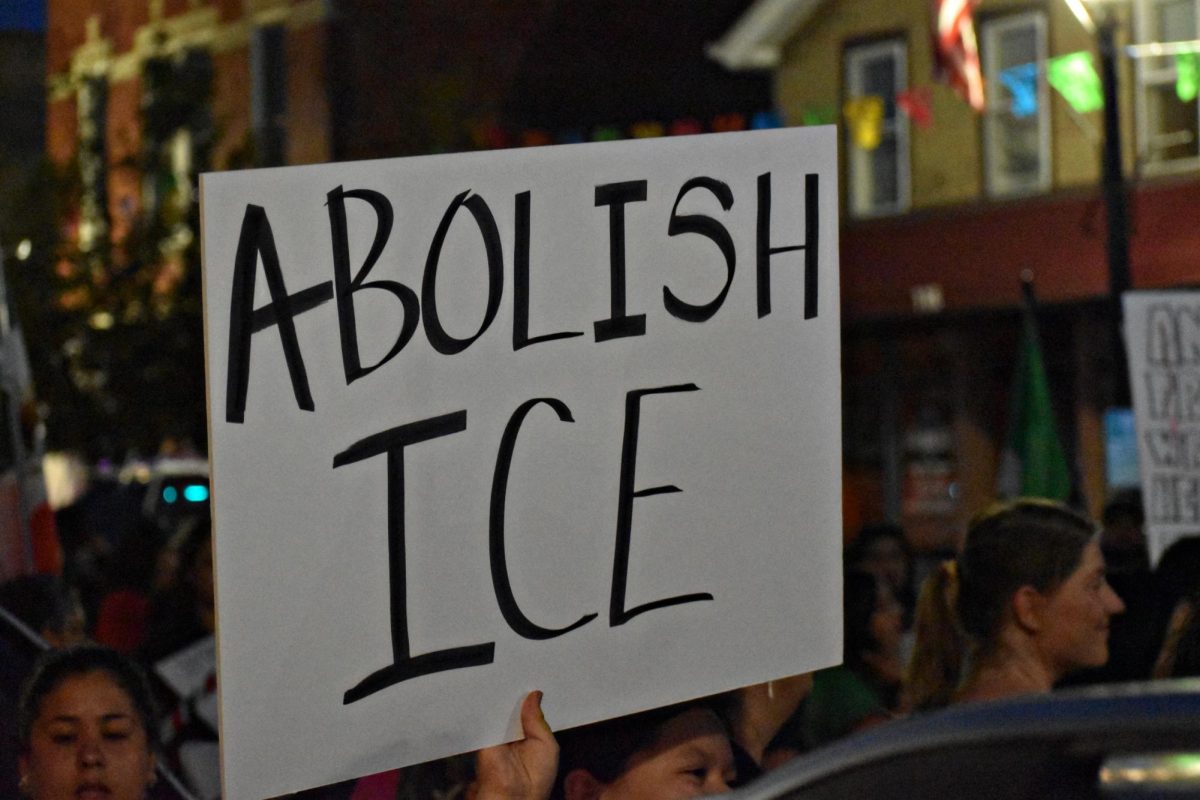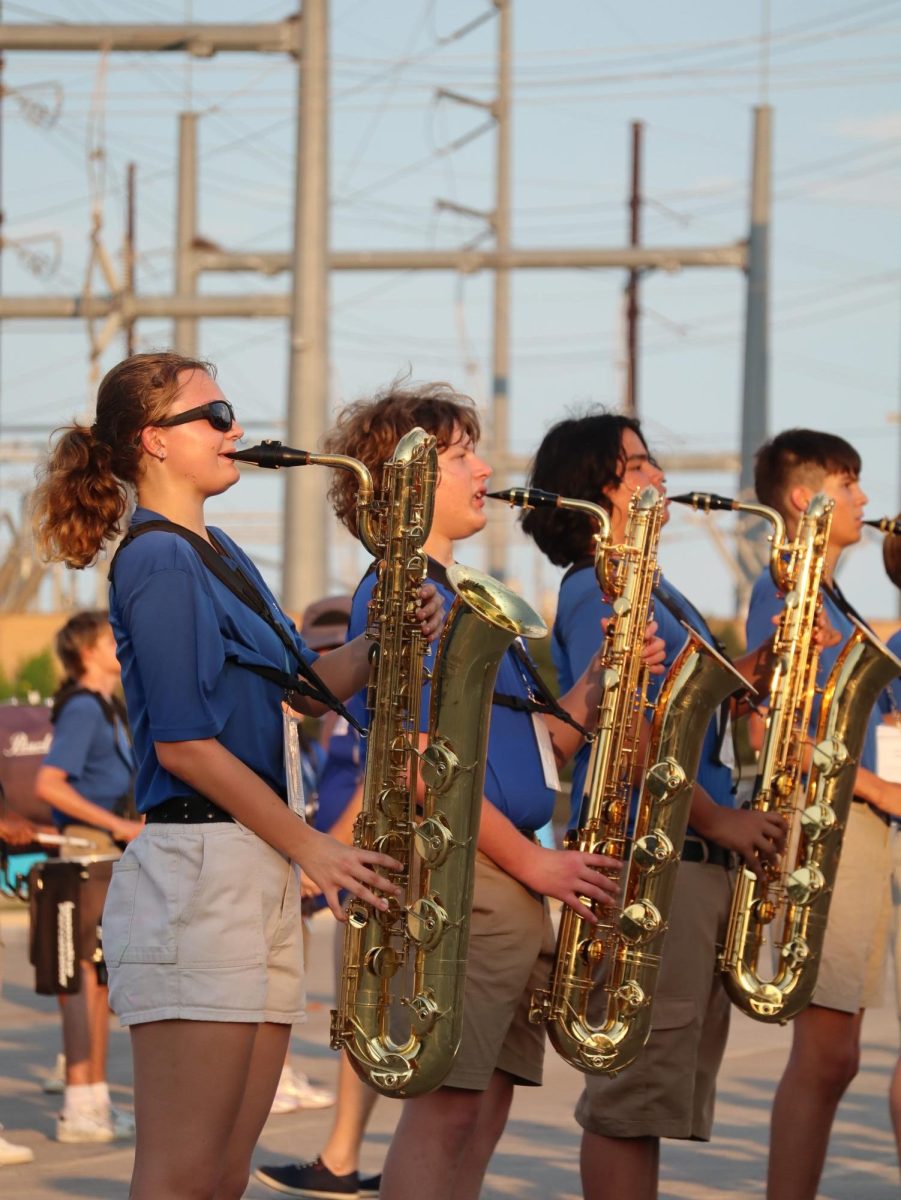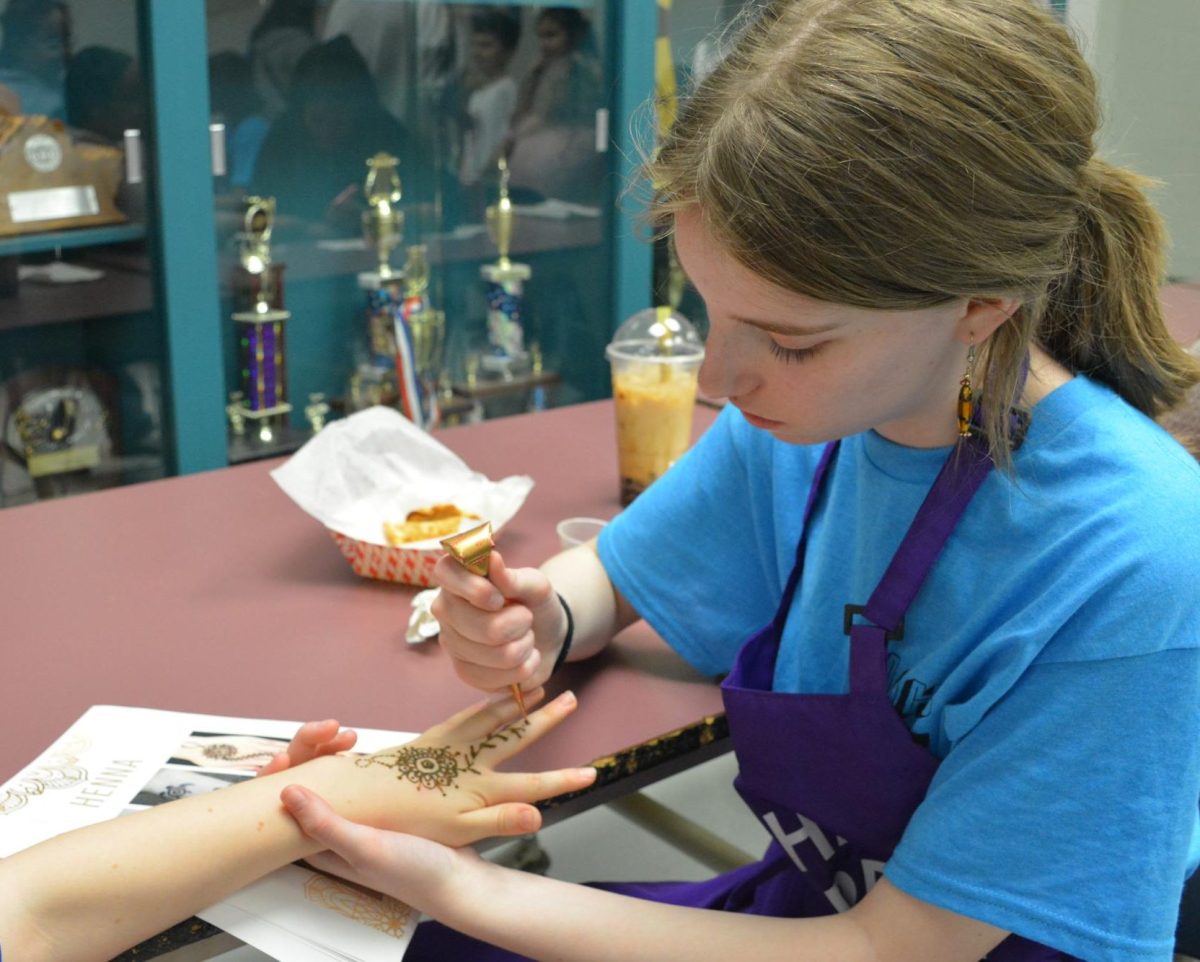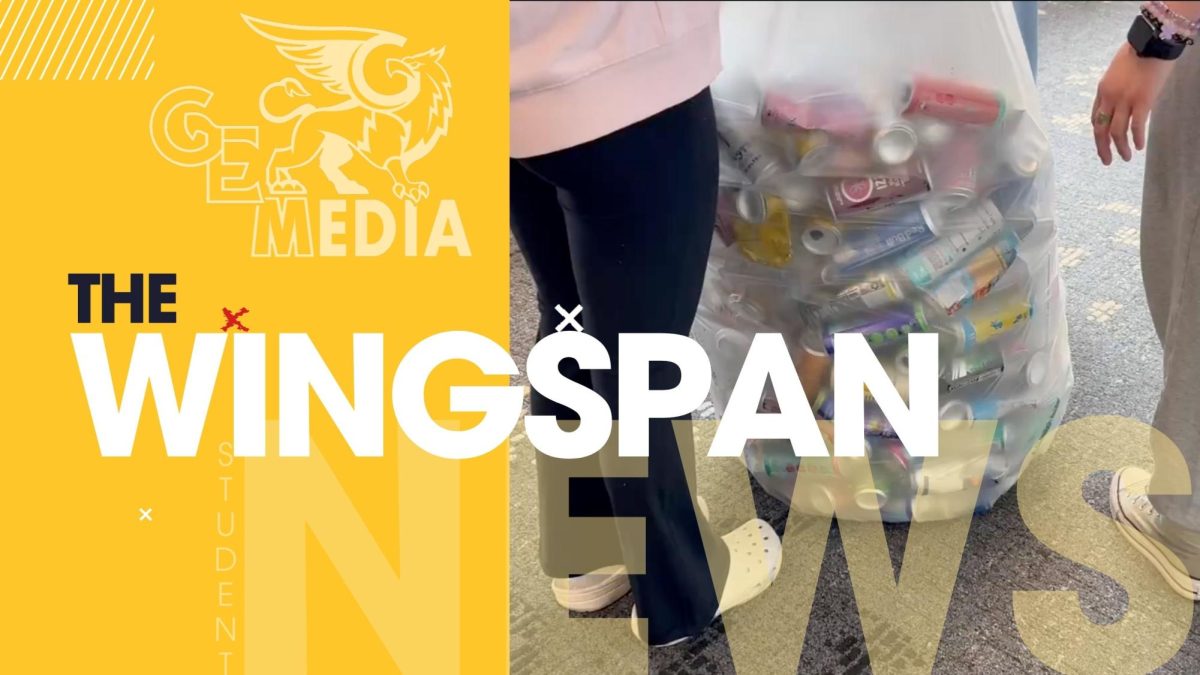Miami-Dade County Public Schools constantly highlights its high-achieving magnet programs, nationally ranked Advanced Placement courses and its International Baccalaureate tracks, but behind the bold lettering, one in four students falls behind. The performance among the lowest 25% of students in MDCPS continues to stagger, failing to meet benchmarks in English and math with no support system to get them back on track. Coral Gables Senior High faces the same prevalent issue, but the dedicated teachers and genuine support at our campus show that even the lowest-performing students can close the gap.
Across the county, the bottom quartile of students face continual difficulties and setbacks, virtually coming to a full-stop on their academic journeys. Year after year they fail to meet standardized benchmarks, lose motivation to pursue higher levels of learning and potentially risk their high school diplomas.
“Last year, specifically, Florida students performed lower than anticipated, especially in the lowest 25 percent… so our district really wants us to focus on that group this year. This first phase of this year’s school improvement plan involves teachers identifying these students and then using new programs and teaching methods to address them,” Assistant Principal Ms. Leyte-Vidal said.
Support systems implemented by the county, such as intensive courses and intervention programs, attempt to address these students. How these top-down policies manifest in our campus show both the program’s limitations and successes.
The bottom 25% is defined by a student’s performance on the Florida Assessment of Student Thinking, a monitoring assessment administered three times a year to measure a student’s improvement in reading and math, compared to the scores of other students in the school. While all schools have a bottom quartile, the cultural and economic makeup of this group varies and can give insight into how equity and disparities can affect a student’s academics.
Hispanic students, for example, make up about three quarters of the MDCPS student body, but consistently score around 20% lower than their peers, especially in reading comprehension. Most Hispanic students suffer from an invisible academic barrier: English is not their first language. This can make high school level English classes, that demand strong and comfortable fluency, difficult, resulting in the disproportionate academic gap.
“Often times, our [English for Speakers of Other Languages] students land in our lower 25 percent not because of a learning or intellectual disability, but because it’s a language barrier. They haven’t mastered the language enough yet to understand the content and because of that, they place poorly,” Ms Leyte-Vidal said.
The county addresses this widespread issue with remedial intensive classes, but Gables takes the issue a few steps further, offering free tutoring though the Spanish club and academic bootcamps. Due to the extra support systems, Gables ensures that assistance is accessible to any student who needs it and as a result, our bottom quartile performs much better than the average school within MDCPS.
But beyond Gables’ small-scale initiatives, most of students’ success can be traced back to the classroom. Ms. Linares, the English intensive teacher at Gables, is the cornerstone behind Gables’ effort to uplift students and give them the skills and confidence they need to excel in English. Ms. Linares uses her diverse skillset to tailor her classroom around students’ strongpoints and weaknesses.
“I’m bilingual but I teach the class is English… I notice which students might be struggling and explain it to them in Spanish and then again in English to really get them to understand. I work with students individually, sometimes they are too scared or embarrassed to try, so one-on-one teaching really helps,” Ms. Linares said.
Whether it is in-classroom support from a dedicated teacher, after-school tutoring from a fellow peer or a learning bootcamp to boost morale, Gables shows that intentional support makes a difference. Through ongoing initiatives and new ones implemented this year, Gables ensures that no student is left behind. The statewide initiative to uplift its most vulnerable students will continue to falter as long as the bottom 25% are seen as numbers rather than students who need genuine support and guidance.
This story was originally published on CavsConnect on September 6, 2025.

